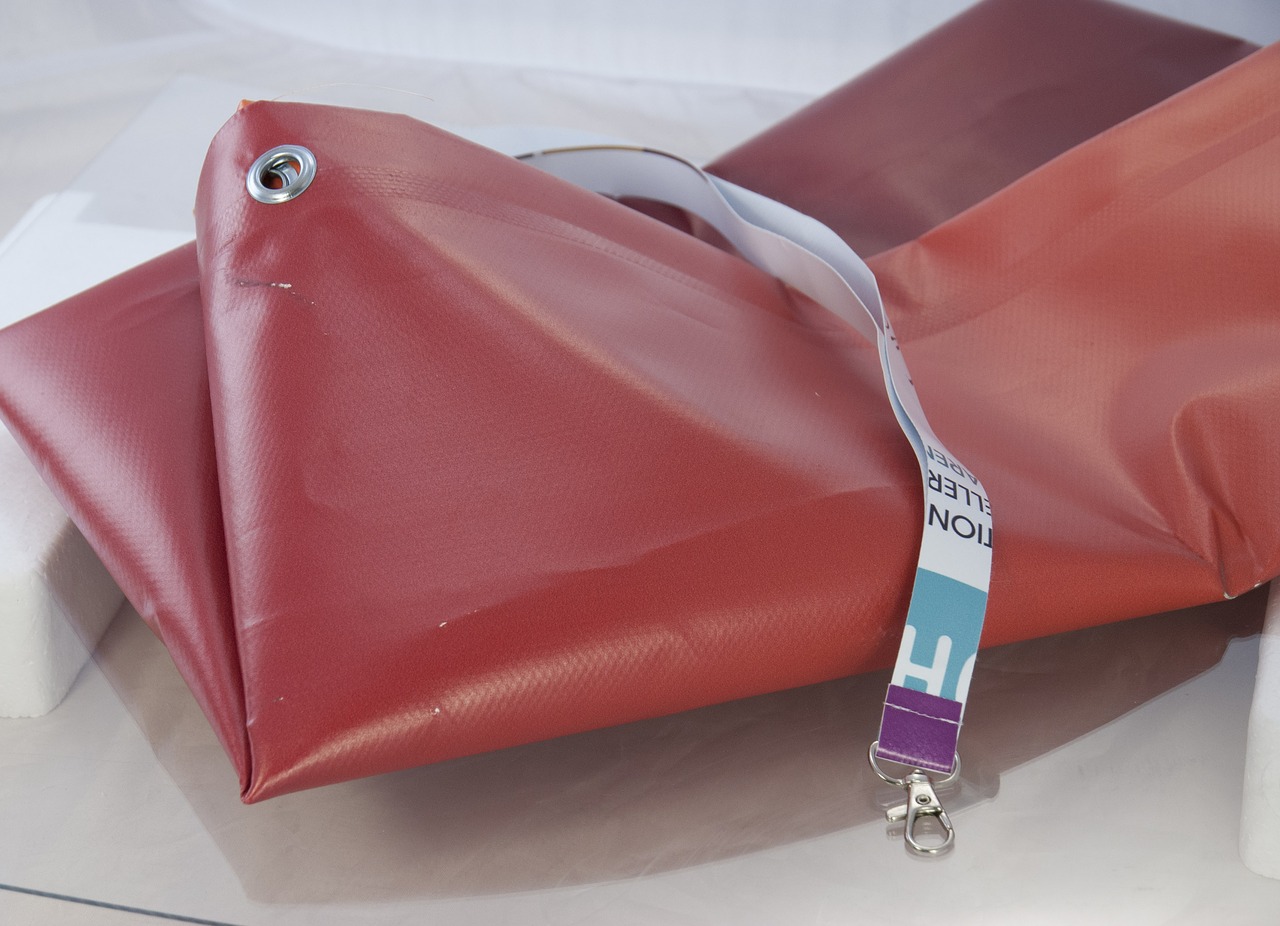
The Two-Minute Tarpaulin Guide for Newbies
- Home Improvement
- June 9, 2022
- No Comment
- 356
Everyone is familiar with tarpaulins used to cover everything from farm produce to industrial goods from the elements. Tarpaulin has its origins in two words tar and pall, referring to the use of tar to make sheets waterproof to cover cargo and other valuables onboard ships. Sailors also used to apply tar on their clothes to keep themselves dry when facing hours of seawater spray and rain on the open decks. A cloth with waterproof properties, by the name of Paulin, had become popular by the middle of the 19th century.
What Is a Tarpaulin?
In its broadest sense, a tarpaulin, often called a tarp, refers to a large sheet of strong, waterproof, water-resistant, and flexible material. The typical application of a tarp is for covering valuable things from sun, rain, snow, and strong winds. While canvas was undoubtedly the material of choice for manufacturing tarpaulins, advances in synthetic fiber technology have enabled the replacement of canvas with high-density polyethylene (HDPE) that performs better, lasts longer, but weighs less.
Considerations in Buying Tarpaulins
There are so many kinds of tarpaulins that it is easy to get confused about what is right for your needs. The best way of resolving the confusion is to decide why you need the tarp in the first place. Tarpaulin covers can be expensive, which is why you need to get the selection right. Once you get a fix on the tarp’s purpose, you will be able to analyze the relevant specifications and performance parameters. Some of the more critical characteristics include:
Water-resistance
You can buy tarps in a wide range of water resistance, depending on what you want to cover and protect. For example, if you want to protect construction materials from blowing away in the wind, you can use a tarp with minimal water-resistance properties. However, if you want to protect agricultural produce, you will want to use a waterproof tarpaulin to prevent the produce from spoiling. According to The Katy News, PVC tarps are ideal for commercial and heavy-duty applications.
Strength
Again, the strength of the tarp you need to buy will depend on the application. If the local weather conditions are stormy or the winds are strong, you will need a high-strength tarp to prevent it from fraying and tearing. Also, the stronger the tarp, the better is its longevity. However, you must remember that high-density weaves that make the tarpaulin strong also make it heavy and unwieldy.
Corrosion Resistance
Depending on the environment, the tarpaulin is not only exposed to the different weather conditions like sunlight, rain, snow, hail, etc., but also to greases, acids, steam, oils, mildew, and more that can harm the tarp as well as the goods it covers. If you need to protect your goods and the tarp from aggressive conditions, you must buy tarps specially treated with chemicals to give them better resistance to environmental challenges.
Conclusion
In addition to the performance characteristics of the tarpaulin, you should also look out for certain important features like grommets, rope construction, etc., for ease of handling and superior protection.









